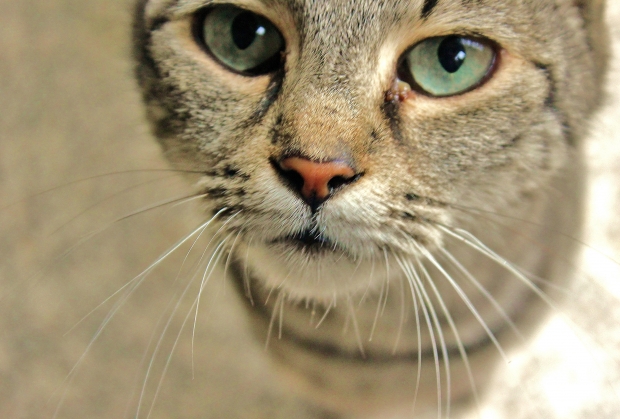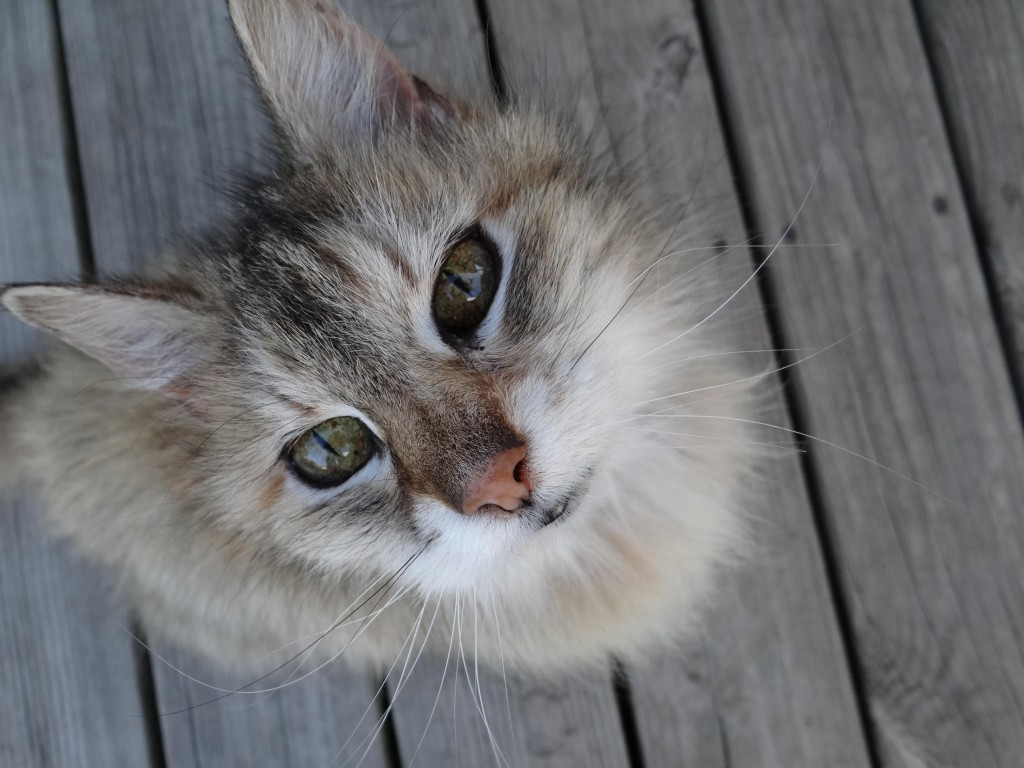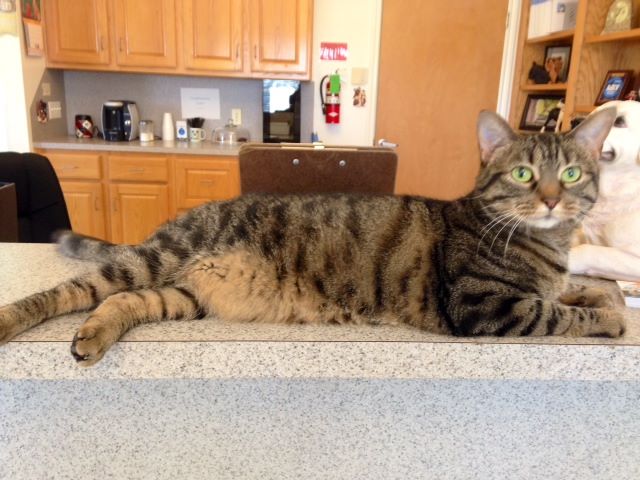 Urinary incontinence occurs when a housetrained dog loses control of his or her bladder. The severity can range from occasional small urine leaks to inadvertent voiding of a large amount of urine. This article will discuss the causes, symptoms and treatment options available for urinary incontinence in dogs.
Urinary incontinence occurs when a housetrained dog loses control of his or her bladder. The severity can range from occasional small urine leaks to inadvertent voiding of a large amount of urine. This article will discuss the causes, symptoms and treatment options available for urinary incontinence in dogs.
Tag: Treatment
Could Your Dog Have Fall Allergies Too?
 We’ve all seen or felt it before: the sneezing, the itching, the watery eyes, the irritated nasal passages and so on. But your dog is now exhibiting signs of the typical behavior for fall allergies in humans. Could your dog have allergies too? Is this even possible? What are the signs and symptoms you should be concerned about, and when is the appropriate time to call the vet?
We’ve all seen or felt it before: the sneezing, the itching, the watery eyes, the irritated nasal passages and so on. But your dog is now exhibiting signs of the typical behavior for fall allergies in humans. Could your dog have allergies too? Is this even possible? What are the signs and symptoms you should be concerned about, and when is the appropriate time to call the vet?
Feline Rabies Treatment and Management
 Feline Rabies is an inflammatory infection that specifically affects the gray matter of the cat’s brain and its central nervous system (CNS). The primary way the rabies virus is transmitted to cats in the United States is through a bite from a disease carrier: foxes, raccoons, skunks, and bats. Infectious virus particles are retained in a rabid animal’s salivary glands to better disseminate the virus through their saliva.
Feline Rabies is an inflammatory infection that specifically affects the gray matter of the cat’s brain and its central nervous system (CNS). The primary way the rabies virus is transmitted to cats in the United States is through a bite from a disease carrier: foxes, raccoons, skunks, and bats. Infectious virus particles are retained in a rabid animal’s salivary glands to better disseminate the virus through their saliva.
Once the virus enters the cat’s body, it replicates in the cells of the muscles and then spreads to the closest nerve fibers, including all peripheral, sensory and motor nerves, traveling from there to the CNS via fluid within the nerves. The virus can take up to a month to develop, but once the symptoms have begun, the virus progresses rapidly.
Leptospirosis Treatment and Management for Dogs
 Leptospirosis is a disease that can be transmitted to humans and a small amount of other animals. It is an infection of bacterial spirochetes, which dogs acquire when subspecies of the Leptospira interrogans penetrate the skin and spread through the body by way of the bloodstream. If untreated, the disease can be fatal. In this article, I am going to discuss the the treatment and management options for Leptospirosis in dogs.
Leptospirosis is a disease that can be transmitted to humans and a small amount of other animals. It is an infection of bacterial spirochetes, which dogs acquire when subspecies of the Leptospira interrogans penetrate the skin and spread through the body by way of the bloodstream. If untreated, the disease can be fatal. In this article, I am going to discuss the the treatment and management options for Leptospirosis in dogs.
Continue reading Leptospirosis Treatment and Management for Dogs
Heartworm Disease Awareness
Heartworm disease is a serious and likely fatal disease among pets in the United States and many other parts of the world. It is caused by worms that live in the heart, lungs and associated blood vessels of affected pets. These foot-long worms can cause severe lung disease, heart disease and damage to other organs. This disease is most commonly known in dogs and cats. It can also live in many mammal species including wolves, coyotes, foxes, sea lions and, although rarely, in humans. With wild animals like coyotes and foxes now living closer in proximity to many cities, they are thought to be important carriers of heartworm disease.
Leptospirosis In Cats
Leptospirosis is an infection of bacterial spirochetes, which cats acquire when subspecies of the Leptospira interrogans penetrate the skin and spread through the body by way of the bloodstream. Two of of the most commonly seen members of this subspecies are the L. grippotyphosa and L. Pomona bacteria. Spirochetes are spiral or corkscrew-shaped bacteria which infiltrate the system by burrowing into the skin.
H1N1 Influenza in Felines
The H1N1 variation of the flu virus, previously referred to as “swine flu”, is infectious to felines and in addition to individuals. Moreover, this virus is additionally known to contaminate dogs, pigs, and ferrets. In spite of the fact that the spread of this specific flu infection is no more thought to be a pandemic, it is still spreading around the world.
Canine Influenza Virus
The virus that causes dog flu, Influenza Type A (H3N8), was first identified in Florida in 2004. It primarily infects the respiratory system and is extremely contagious. A vaccine was granted full license by the United States Department of Agriculture in 2009 (Nobivac® Canine Flu H3N8). Some dogs can be exposed to the virus and fight off infection without showing clinical signs.
Heartworm Disease In Cats
Spread by infected mosquitoes, heartworm is progressively being perceived as a hidden reason for health issues in local cats. Regardless of its name, heartworm essentially causes lung disease in cats. Prevention is an essential step toward any sort of improvement in the health of felines living in territories thickly populated by mosquitoes, and prevention techniques ought to be talked about with a veterinarian.
Feline Leukemia Virus
Feline Leukemia Virus (FeLV) is a virus that can affect the immune system and a plethora of other bodily functions and abilities. If not prevented with vaccines or safe measures, it has the chance to be a fatal virus.






















